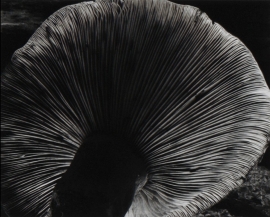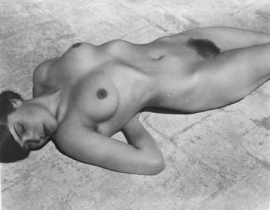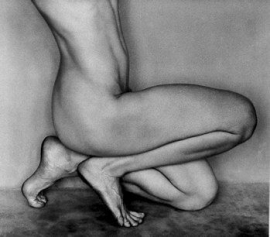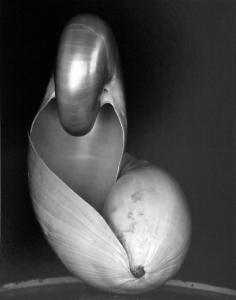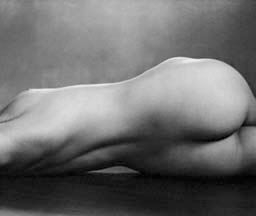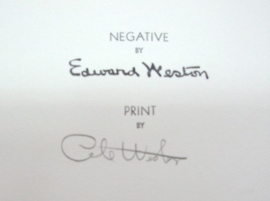Edward Weston
1886 – 1958
Modern 20th Century Photography
Edward Weston was renowned as one of the masters of 20th century photography. His legacy includes several thousand carefully composed, superbly printed photographs, which have influenced photographers around the world for 60 years. Photographing natural landscapes and forms such as artichoke, shells, and rocks, using large-format cameras and available light. Weston’s sensuously precise images rise to the level of poetry. The subtle use of tones and the sculptural formal design of his works have become the standards by which much later photographic practice has been judged. Ansel Adams has written: “Weston is, in the real sense, one of the few creative artists of today. He has recreated the matter-forms and forces of nature; he has made these forms eloquent of the fundamental unity of the world. His work illuminates man’s inner journey toward perfection of the spirit.”
Edward Henry Weston was born in Highland Park, Illinois, and raised in Chicago. Weston operated his own portrait studio between 1911 and 1922 in Tropico, California. He became successful working in a soft-focus, Pictorial style, winning many salon and professional awards. After viewing an exhibition of modern art at the San Francisco World’s Fair in 1915, Weston became more and more dissatisfied with his own work. By 1920 he was experimenting with semi-abstractions in a hard-edged style. In 1922 Weston traveled to New York City, where he met Alfred Stieglitz, Paul Strand, and Charles Sheeler. His photographs of the ARMCO Steelworks in Ohio at this time marked a turning point in his career. These industrial photographs, similar to work by Sheeler, were true “straight” images: unpretentious, and true to the reality before the photographer. Weston later wrote, “The camera should be used for a recording of life, for rendering the very substance and quintessence of the thing itself, whether it be polished steel or palpitating flesh.”
In 1923 Weston moved to Mexico City where he opened a studio with his apprentice and lover Tina Modotti, of whom he made important portraits and nude studies over several years. Through Modotti, who fast became an accomplished photographer in her own right, Weston became friendly with artists of the Mexican Renaissance including Rivera, Siqueiros, and Orozco, all of whom encouraged his new direction. In 1924 Weston abandoned the use of soft-focus techniques entirely and started his precise studies of natural forms. He returned to California permanently in 1926 and began the work for which he is most deservedly famous: natural-form close-ups, nudes, and landscapes.
Weston opened a San Francisco studio with his son Brett in 1928. The following year they moved to Carmel and began photographing in the Point Lobos area. He organized with Edward Steichen the American section of the 1929 Stuttgart Film und Foto exhibition at this time. In 1932 Weston was a founding member of the f/64 group of purist photographers along with Ansel Adams, Willard Van Dyke, Imogen Cunningham, and Sonya Noskowiak. The Art of Edward Weston, a book of nearly 40 photographs, was published by Merle Armitage the same year.
Weston photographed for the WPA Federal Arts Project in New Mexico and California in 1933. He was the first recipient of a Guggenheim Fellowship for Photography in 1937, photographing extensively in the West and Southwest in 1937-1938. Two years later, he provided illustrations for an edition of Whitman’s Leaves of Grass from photographs made in the South and East.
A major retrospective of 300 prints of Weston’s work was held at the Museum of Modern Art, New York, in 1946. Weston began experiments with color photography the following year, and was the subject of a film, The Photographer, by Willard Van Dyke.
Plagued by Parkinson’s disease, his last photographs were taken in 1948 at Point Lobos. During his final 10 years of progressively incapacitating illness, Weston supervised the printing by his son, Brett, of his life’s work. His Fiftieth Anniversary Portfolio appeared in 1952. Three years later, eight sets of prints from 1000 Weston negatives were produced. Weston died in Carmel in 1958.


